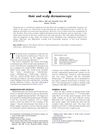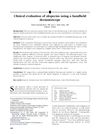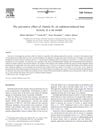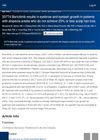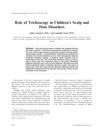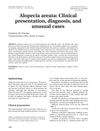Dermoscopic Findings in Radiation-Induced Alopecia After Angioembolization
January 2014
in “
Dermatology
”
radiation-induced alopecia angioembolization non-scarring alopecia dermoscopic examination alopecia areata yellow dots black dots short vellus hair catagen hairs telogen hairs histopathology hair regrowth permanent alopecia radiation exposures protective treatments hair loss radiation hair loss scalp examination
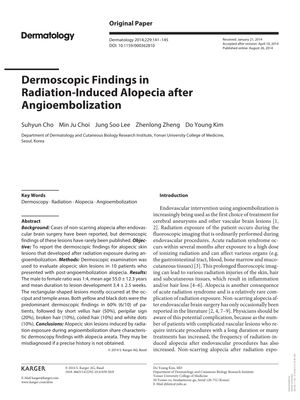
TLDR Radiation-induced alopecia after angioembolization usually heals on its own and can look like other hair loss types, but patient history helps prevent misdiagnosis.
The study investigated 10 patients who developed non-scarring alopecia after angioembolization, with a mean age of 55 years and a male to female ratio of 1:4. Dermoscopic examination showed findings similar to alopecia areata, such as yellow and black dots in 60% of patients, short vellus hair in 50%, and other signs in smaller percentages. However, histopathology indicated increased catagen and telogen hairs without significant inflammation. Most patients experienced complete hair regrowth within 3-4 months, except one with permanent alopecia due to multiple radiation exposures. The study emphasized the importance of patient history to avoid misdiagnosis, as radiation-induced alopecia has a self-resolving nature, unlike alopecia areata, which requires different treatment. The document also mentioned research on protective treatments against radiation-induced alopecia.
